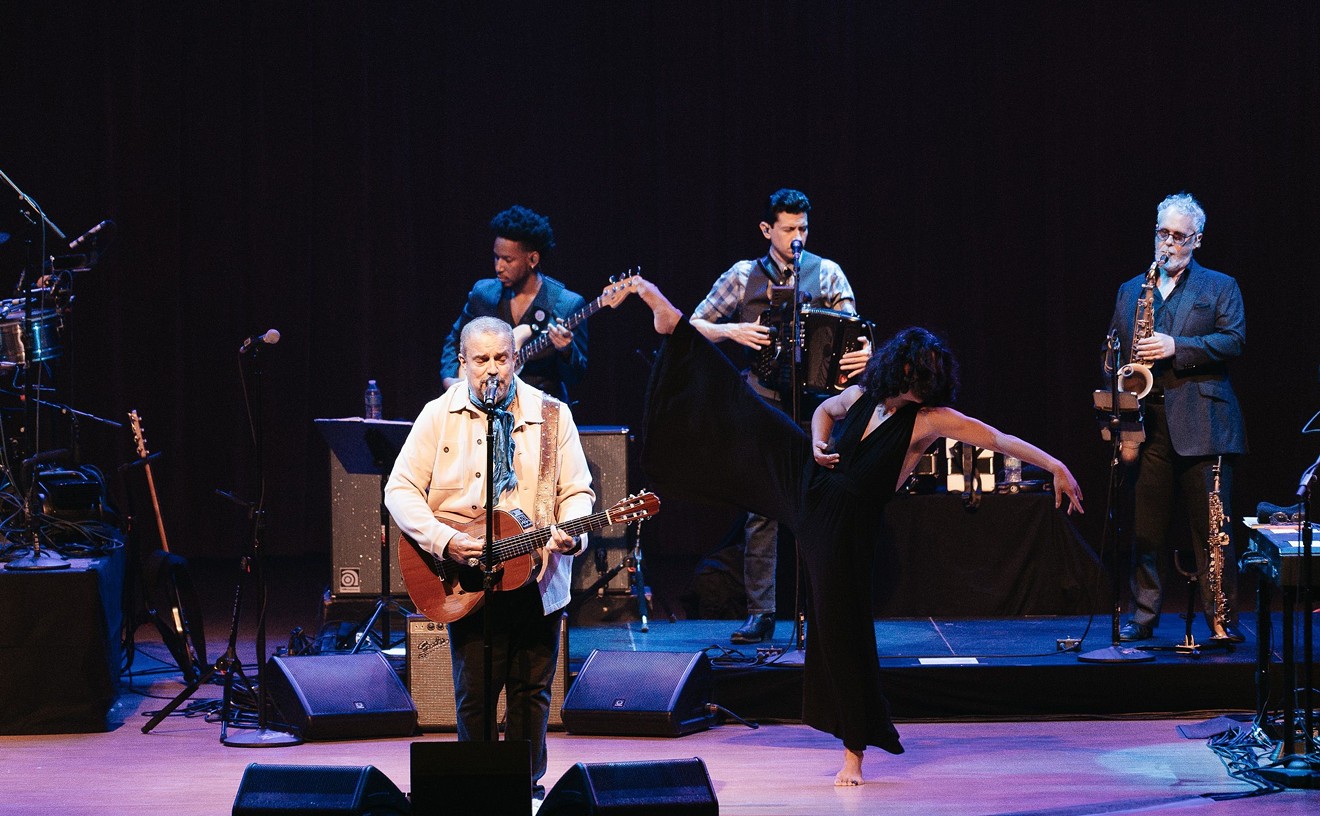In the trajectory of time, the only thing that's certain is the past. As we all know, the present is subject to sudden change, while the future has yet to unfold. And yet, the past sometimes seems redundant. So much so that it often replays itself in the folds of history, often to the surprise of those subject to its repeat performance.
Such an occurrence happened to me recently -- on vacation, in fact -- when my travels took me through the village of Woodstock and Bethel, New York, the site of the fabled Woodstock Festival. Those three days of peace, love, and music changed the way the world perceived rock 'n' roll, turning it into a powerful cultural instigator.
In the Bethel Center for the Arts' museum-like setting, it felt odd viewing events and happenstance of that time and place under glass with earnest narratives as accompaniment. "That's my life they're talking about," I said to myself as I viewed displays boasting artifacts detailing the Kennedy-Nixon debates, the advance of suburban sprawl, the arrival of the Beatles, dissertations on music's increasing '60s sophistication, and the advent of the Woodstock generation. It was too close to the present to qualify as history. In fact, it's still part of my world.
I was never at Woodstock -- neither the event nor the quaint little village that gave it its name. (It's a misnomer of history that the two entities should share the same billing. Although the promoters originally intended to stage their festival near the township, a series of setbacks forced them to alight at Max Yasgur's farm an hour or so away.) Regardless, Woodstock still retains the quaint air of a hippie enclave. Its town square hosted a drum circle on the day we visited. Its residents were adorned in tie-dye, had looks of bliss and contentment on their faces, and the shops were decorated with Day-Glo posters, retro clothing, custom bangles, and constant reminders of that halcyon era long since passed. An era when life was simpler and far more conducive to long hair, quirky fashions, and the belief that the world was still flush with promise.
For me, it was a scene straight out of my past, even in its most kitschy extremes. I saw my younger self on those street corners, the outdoor cafés, looking through the curios on those head shop shelves. It was the glimpse of a life long since passed, supplanted by a job, responsibilities, and the realities of a less tolerant time. But it was intrinsic to my being regardless.
The Bethel Museum, proved even more remarkable, not because of its array of artifacts, but rather because it was actually located at the hallowed site where history was made. The site when upwards of half a million people journeyed to an otherwise nondescript plot of land in the Catskills. Those people witnessed some of the greatest bands of that era -- the Dead, the Airplane, Hendrix, Creedence, CSN, Santana, Joe Cocker, and several dozen others who would soon immortalize their names in the rock lexicon.
The field is still pristine, freshly plowed and immaculately manicured like how one might expect to find a preserved battlefield. Past exploits are carefully sanitized to obscure the horrors that transpired there before. Here, however, it was the wash of mud, rain, and teeming humanity that made their imprint on these sacred grounds. A plaque marks a spot that overlooks that plot of land now, and a pile of rocks and boulders occupies the place where the stage once stood, the ground still barren due to that temporary intrusion.
I stood on the hill overlooking this mystical site, much like I stood earlier that day outside the house once known as Big Pink -- the place where the Band resided and recorded their first album -- and imagined history replaying itself in the depths of my mind's eye. Here, my last name was not associated with a vigilante in Central Florida who killed a kid and caused a national sensation. Instead, it was identified with a guy named Robert Zimmerman who later changed his surname to Dylan and lived in these parts. Here, great events transpired and my life came full circle.
I was home. Home to a place I'd never been, but home nevertheless.
Follow @CountyGrind










